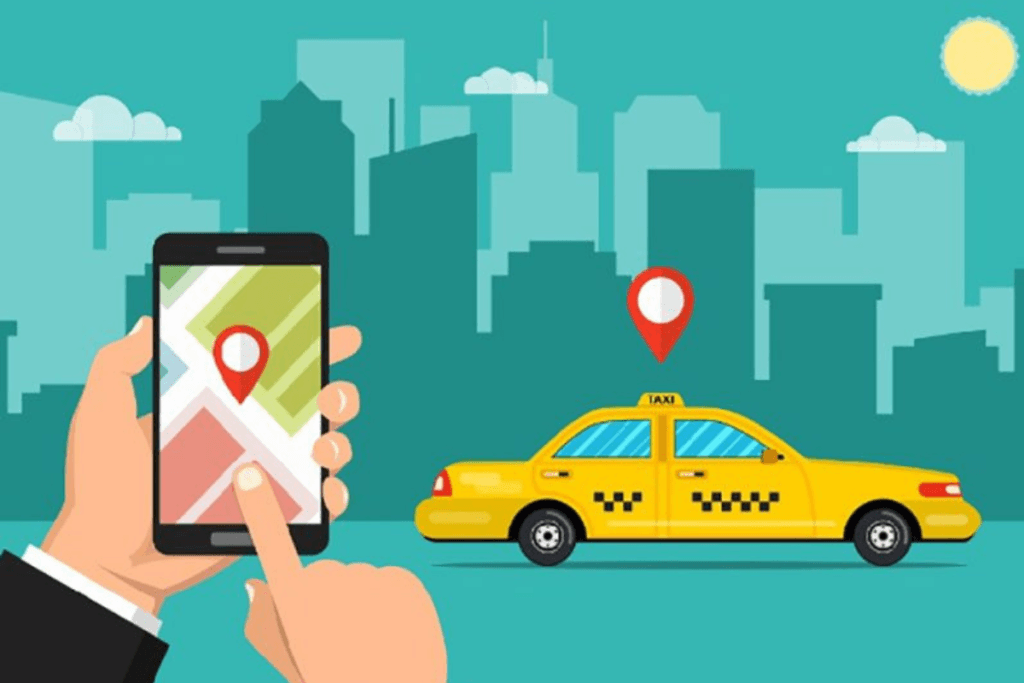The role of transportation in comfort, flexibility and industrialization cannot be overlooked. While there are walkable and runnable distances, you can’t exactly survive in the modern-day world without entering a car.
With cities getting populated and traffic jam increasing, there is a pressing need for innovation to be incorporated in transportation.
With a population of 1.2 billion people, Africa is an appealing market for e-hailing services. Prior to e-hailing, individual and group transportation reigned– people always came together to share vehicles. The only difference now is that technology has been integrated. Ride hailing has advanced beyond mere transport, now it encompasses accessibility, flexibility and comfort.
Below are some of e-hailing services in Africa;
Uber: Uber is a US based e-hailing startup that made its entrance into Africa in August 2013. After establishing in South Africa, they later expanded to Nigeria in July 2014. And now they have spread their tentacles to various African countries like Kenya, Egypt, Ghana, Morocco, Uganda and Tanzania. The App originally accepted only card payments but later activated cash payments. It places importance on luxury as it does not permit vehicles below 2006 models on its platform.
It is available on IOS, Android and WEB platforms. It offers a rating system where riders and drivers get to rate each other at the end of their trips. Uber also lets you view the estimate of your ride before requesting. The availability of vehicles could affect your eventual fee and this act is known as “Surge Pricing”, when this happens, riders are notified about percentage increases and they are required to accept. It has a ‘manage trusted contacts’ feature that allows the rider post trip status as a safety measure so their loved ones can see. They have a 24/7 customer support system under ‘Help’ in the app.
See also: Careem Launches Tuk Tuks Rides in Cairo
Taxify: Taxify is a Europe based e-hailing app that launched in August 2013 , expanded to international shores in 2014, then Africa in 2016. It operates in 6 countries in Africa; SA, Kenya, Nigeria, Ghana, Tanzania and Uganda. They are the first app to launch mobile carrier billing. It is available on IOS, Android and Windows platforms. It accepts cash and card payment and also has the surge price feature like Uber has. It has a customer support feature on its platform.
Careem: Careem is a UAE based e-hailing service launched in March 2014 and then expanded to Egypt in 2016. It later expanded to Morocco and Sudan. Careem lets you view the fare estimate and allows you track your rider in real time. It is available on IOS, Android platforms and permits cash and card payments. It has customer support available 24/7.
Little cab (Kenya), Fone Taxi (Rwanda), Red Cab (Nigeria), Taxi Diali (Algeria) ZayRide (Ethiopia), Ousta (Egypt) all launched in 2015
Little Cab: Little cab is a Kenyan based e-hailing startup backed by Safaricom. It is available on IOS and Android platforms. It allows payment through Safaricom’s mobile money service, M-Pesa. Riders can buy airtime through M-Pesa and it also offers free Wi-Fi. An interesting feature is that none smart phone users can hail the cab through its USSD system. It also allows women exclusively request for female riders from 6am to 6pm for safety reasons.
Oga Taxi: Oga Taxi, launched in Nigeria in 2016 offers its riders options; Standard, Deluxe and Executive. It is available on IOS and Android. Passengers can pay with either card or cash. It operates in three cities in Nigeria– Abuja, Lagos and Port Harcourt.
Although some e-hailing services Startups have penetrated major cities in Africa, they have barely scratched the surface as there are still many places to explore. There is a need for an appropriate price structure to accommodate the cities who need the service but cannot afford it.
Just like Little cab did in Kenya, it will also be encouraging if all e-hailing startups will allow non-smartphone users to hail a ride through a USSD code, this will encourage non-smart phone users who have interest to hail rides. Finally, awareness is key, these e-hailing startups needs to create awareness and enlighten people on the services they offer, you can’t patronize a service you are not aware of, can you?
More on TechGist Africa:
- Econet, Cassava Smartech Launches Ride Hailing Service, Vaya in Zimbabwe
- Dubai’s Ride Hailing Service Careem Launched In Sudan
- Uganda to Start Testing Locally Made Solar Powered Buses in 2019
- WhereIsMyTransport raises $1.85m, to Expand Beyond SA
- Cote d’Ivoire’s Digital Afrique Launches Smart Card System
